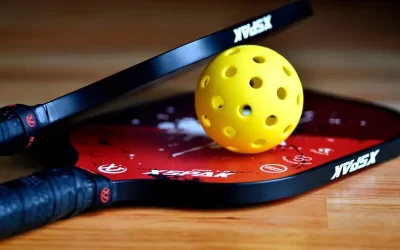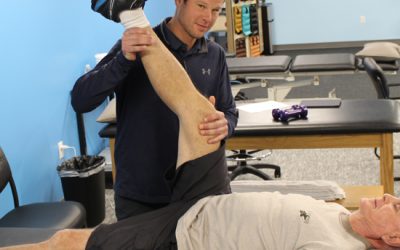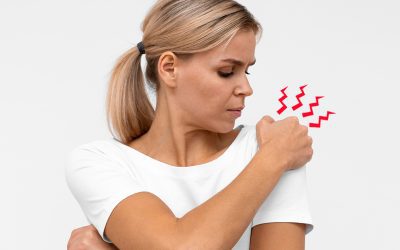By Katherine Younes, DPT – Hampton Clinic
Did you know according to the National Institute on Aging Senior Health 6 out of every 10 falls happen at home?2 This means the one place where seniors feel safe can actually be hazardous to their health. Rye Physical Therapy wants to share that whether your loved one lives in their own home or with you, there are some easy ways to prevent falls at home which are the leading cause of fatal and non-fatal injuries for older Americans.1
Here are 7 of the best ways to prevent falls at home and keep your loved one safe.
Remove all fall hazards in the home: Remove throw rugs, frayed carpets, small furniture like plant and magazine stands,and piles of clutter. 2 Move pet bowls to a corner. Tuck electrical and phone cords into cord organizers that keep them out of traffic paths. Make sure that wet boots and shoes can be removed before making the floors inside the house slippery.
Provide wide walkways in the home: Squeezing through tight spaces can cause a senior to lose balance and fall. Make sure that the traffic patterns in the home are wide and free of clutter. This is important whether or not your loved one relies on a cane or walker. Aging can reduce vision and depth perception and that is why a clear, wide path is essential.
Remove trip hazards: Tablecloths are pretty but if the corners drag on the floor it can become a trip hazard. Toys are especially dangerous, whether they are children’s toys or pet toys.
Make the bathroom safe: Use non-slip bath mats that are a contrasting color from the tub. 2 This will make it safe and easy to see. Place handrails beside the tub and toilet and purchase a raised toilet seat. All of these will help to improve your loved one’s balance in a potentially slippery environment.
Maximize lighting: All light fixtures inside and outside should have bulbs with the maximum wattage allowed. 2 Make sure that they are positioned to eliminate shadows. Make sure that lights near the bed are within easy reach to avoid falling out of bed. Use nightlights in the bedrooms, bathrooms and hallways. Place a flashlight next to the bed in case the power goes out. 2
Arrange the house for convenience and safety: Ask your loved one to show you where he or she sits to watch TV and the location of frequently used dishes, pots and pans. Ask where he or she likes to read. In this way you can see where trip and fall hazards might occur and adjust the location of things to make them safer. For example, a throw rug should not be at the front door. Your loved one should not have to reach to a high shelf to get glasses or dishes, they should be on a lower shelf that is within easy reach.
Prepare the outdoors for safety. The exterior of the house can be especially hazardous and create falls. Make sure that the walkways are even and don’t have cracked pavement or uneven bricks. In the winter make sure that ice and snow is completely removed and that sand or salt is generously spread on icy surfaces. Make sure that stairs are well lit, the edges are marked with contrasting tape and that they are painted with non-slip paint. If you have fallen and need assistance call 911 – then call us at Rye Physical Therapy (603) 929-2880 and we’ll get you back to your everyday best! Www..HamptonPT.com
These thorough yet simple fixes can help to prevent falls at home and keep your loved one safe. Falls, with or without injury, are one of the reasons older adults limit their activity and how often they leave their home.1
If you have fallen and need assistance call 911 – then call us at Rye Physical Therapy (603) 929-2880 and we’ll get you back to your everyday best! www..HamptonPT.com
Resources
1 Falls Prevention Facts. NCOA. 2017. Available at: https://www.ncoa.org/news/resources-for-reporters/get-the-facts/falls-prevention-facts/. Accessed April 1, 2017.
2 NIHSeniorHealth: Falls and Older Adults – Fall Proofing Your Home. Nihseniorhealthgov. 2017. Available at: https://nihseniorhealth.gov/falls/homesafety/01.html. Accessed April 1, 2017
Photo by Louish Pixel – https://www.flickr.com/photos/louish/




